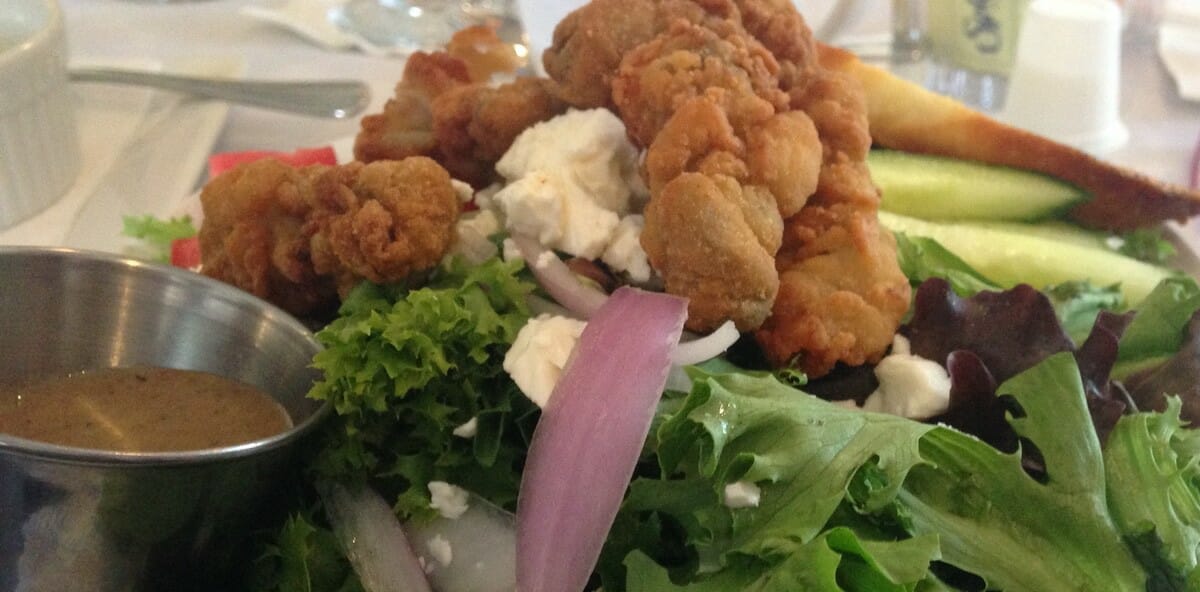By Celia Strong
It’s been a long time since I chewed on a pencil made with real lead. Like back in third grade or earlier? (Sorry to date some of us so badly, but this lead stuff applies to our wine studies.) Pencils used to be called lead pencils, because they were made with lead, duh? It’s been almost as long since I tasted a wine with pencil shavings (meaning the cast off from sharpening a lead pencil) as one of its flavors. Not that this taste was in all wines, but it is a memory of Bordeaux reds from years ago. Nothing like a happy memory, and, today, we get to reminisce. Still with a new wine, though. Yay!
First of all, we have to learn a little bit about the Bordeaux region of western France. And I do mean a little bit. There is so much that can be learned about Bordeaux, all at once is impossible, so we’ll just do tidbits that we can use with this week’s wine. Phew! Easier. Beginning with the geography of Bordeaux, its wine areas are divided from each other by rivers. On the north of the Dordogne is the “right bank.” This area is a bit cooler, being further north, and is designated for red wine appellations, based mostly on Merlot. To the south of the Garonne is the “left bank,” mostly red wines, based on Cabernet Sauvignon. In between these two large rivers is the “Entre Deux Mers” area, literally meaning “between two seas,” which is produces mostly white wines.
Over the centuries, the wines Bordeaux has produced have been rated and re-rated, and attempted to be re-rated. Politics and financial gain and loss are big hurdles in any business. The first rating was the Classification of 1855. The best wines were put into five categories. Since most of us are not up for spending as much as these wines cost, we are going to another tier of Bordeaux wines. Cru Bourgeois.
Cru Bourgeois, when the name was first used, were wines for the bourgeois or merchants and shop owners. People with some money but not an abundance, who wanted better wine than those below their own social status, would drink. The first listing of Cru Bourgeois wines was done in 1932 and the list had the wines of 444 estates on it. These were all chateaux wines that had not made the 1855 list. A revised list was started in 2000 and finished in 2003, with only 247 wines on it. In 2007, a French court annulled the classification and the term was banned. In 2010, Cru Bourgeois labels were reintroduced. The classification is again awarded annually, as a mark of quality. It is awarded to the wines, not the chateaux and any property in the Médoc (a sub-region on the left bank) can apply. The list for each vintage is published two years after, when the wines are ready for release. For the 2010 vintage, because it is our wine’s vintage, there were 260 accepted wines, 32 million bottles total. Just so you know, all the wines that apply every year are not granted Cru Bourgeois status.
Pairing food with Cru Bourgeois wines is basically easy. They do well with lamb, beef, veal, pork, stews, braised dishes, roasts, grilled meat and game and earthy dishes with mushrooms. Hard and soft cheeses all work, too. As a generality, Cru Bourgeois wines do not need much aging. At least in comparison to some of the Premier Cru expensive Bordeaux. That doesn’t mean that these wines can’t benefit from some air. (Right about now we should all be hunting for our aerators in the back of our kitchen drawers. Finally, we really, really need them!)
Our wine this week is the 2010 Vieux Château Landon. Its label does designate its Cru Bourgeois status, as well as the information that it is bottled at the château. The is a classic Haut Médoc style wine. A blend of 70% Cabernet Sauvignon, 25% Merlot and 5% Malbec. This wine is fermented in stainless steel tanks, and aged in French oak barrels for twelve months. It has a crisp nose of autumn leaves, tobacco and espresso. And yes, lead pencil shavings. The flavors are fresh and vibrant, with edgy black fruit flavors (black cherries and black currants) and some tobacco and espresso. And great structure and firmness. There is great deal of layering of flavors and textures in the this wine. It is a real opportunity to sit and sip, and see how the wine develops. Kind of study the wine. Something that we miss in most new world style wines. In years past, shortly after I was old enough to move from chewing on lead pencils to sipping red Bordeaux, my glass is full of memories. And pleasure. Try your Vieux Château Landon with air, right out of the bottle, decanted. Whatever. But try and savor it. Wines like this are few and far between. For $16.99. Enjoy.



